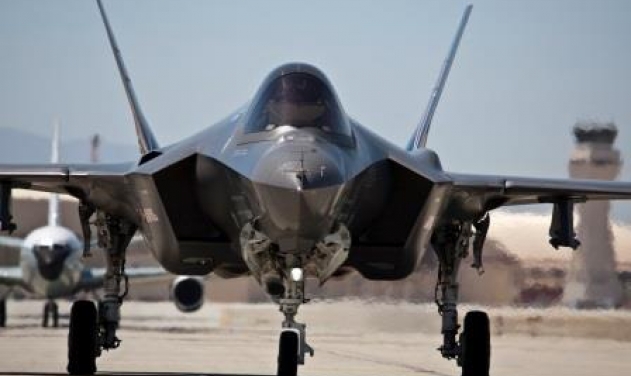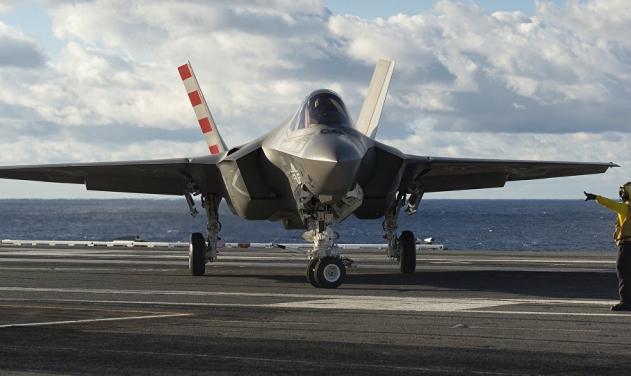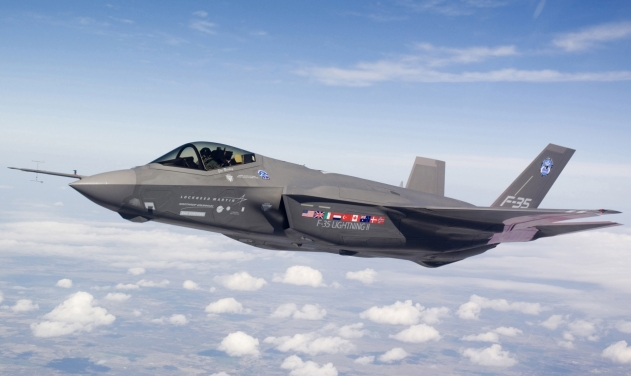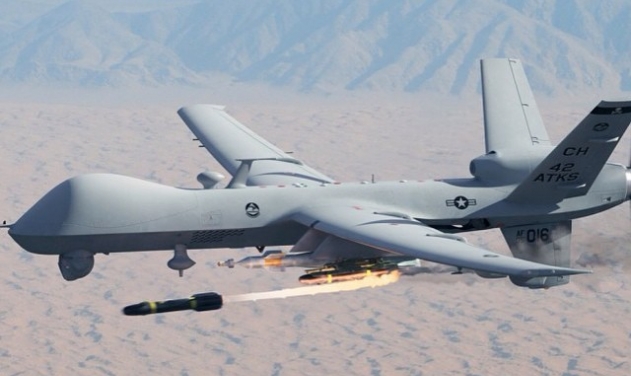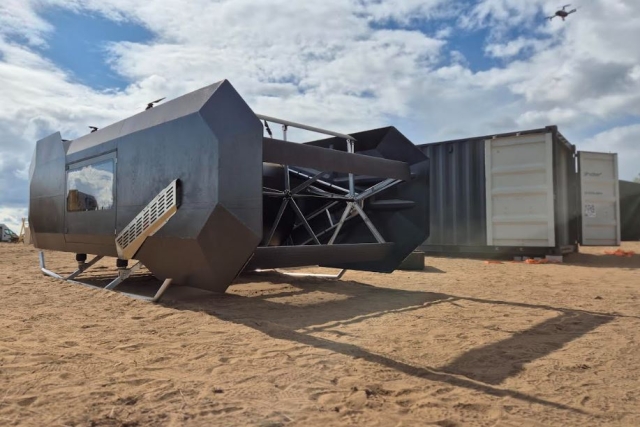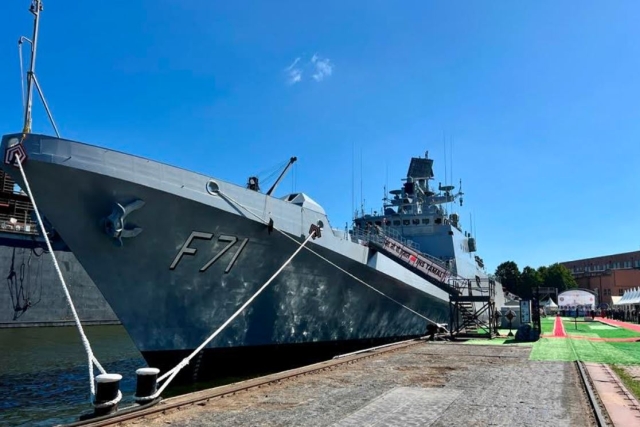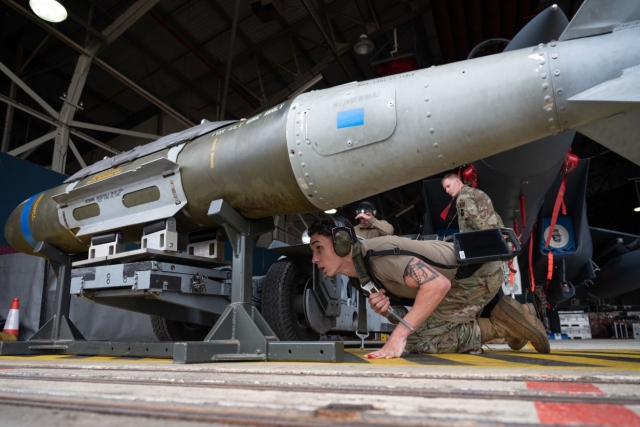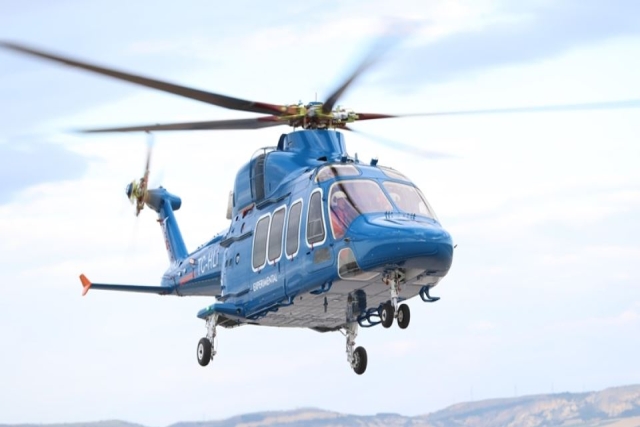US Navy Completes Weapons Load Testing For F-35B Lightning II Fighter Aircraft
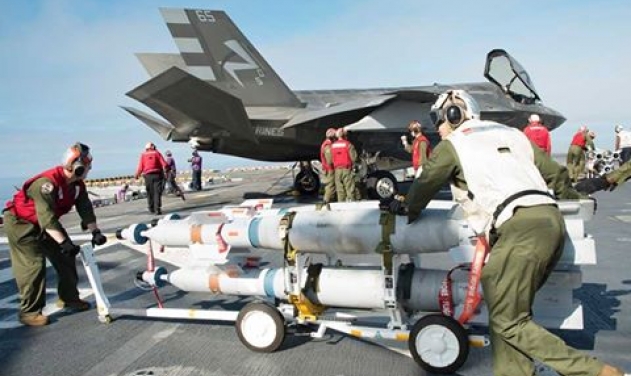
The US Navy completed the Weapons load testing for F-35B Lightning II fighter aircraft aboard amphibious assault ship USS America (LHA 6) last week.
The Patuxent River Integrated Test Force (ITF) assigned to Air Test and Evaluation Squadron (VX) 23 embarked America Oct. 28 with an aggressive test plan featuring a broad array of milestones, which included shipboard launch and recovery expansion test points focused on the evaluation of flying qualities at various aircraft weights, in particular in regard to crosswinds, sink rates, and high sea states. Additionally, the DT-III weapons team evaluated ordnance separation tests and live-fire tests, US Navy said in a statement Monday.
"We're here to augment the existing weight center of gravity effects of the aircraft to expand the fleet envelope wind over deck, and different lateral symmetry and asymmetry configurations," said Gabriella Spehn, a F-35 weapons engineer from the Pax River ITF.
The DT-III weapons team conducted the load tests on land prior to embarking on America. The team tested all of the takeoff and landing worst-case scenarios and endpoints.
"The only way to increase the endpoints is to test on board a ship for sink rates and high sea states, which is the next phase of testing after land-based testing is complete," Spehn said. "There is no way to recreate the conditions that come with being out to sea."
Although the tests are conducted to assess the limits of the aircraft, Spehn explained all tests are evaluated and conducted safely.
The F-35B DT-III pilots purposely conducted test flights under various unfavorable environmental conditions to test the aircraft's limitations and capabilities.
In preparation of DT-III load testing, America's Weapons Department assembled two types of smart bombs. The team assembled 72 laser-guided Guide Bomb Units (GBU) 12 and 40 satellite-guided GBU-32s for the first time in the ship's short history.
Laser-guided bomb (LGB) kits consist of a computer control group and air foil group normally attached to a general-purpose bomb to form an LGB. The dual mode, laser-guided kit enhances existing LGB kits by adding GPS/inertial navigation system capabilities.
“Working with ordnance of any type, live or inert, presents a danger. Even the lightest type of ordnance the team assembled, the GBU-12, weighs 500 lbs,” Petty Officer 1st Class Hung Lee, a quality assurance safety observer.
"At any point in time when there is any carelessness during a build, anyone can get hurt or lose their life," he said. "For instance, bombs have been known to fall on people as the ship takes rolls. That is why we need quality assurance and safety personnel at all times during a build."
The team normally builds eight bombs at a time in a method similar to an assembly line.
"The first thing we do is break out all of the equipment, starting with the bomb body, which contains the warhead," he said. "We then attach the fins which help stabilize the aircraft, and attach the computer control group which guides the bomb. After the assembly is complete, we inspect the unit and all of the components."
